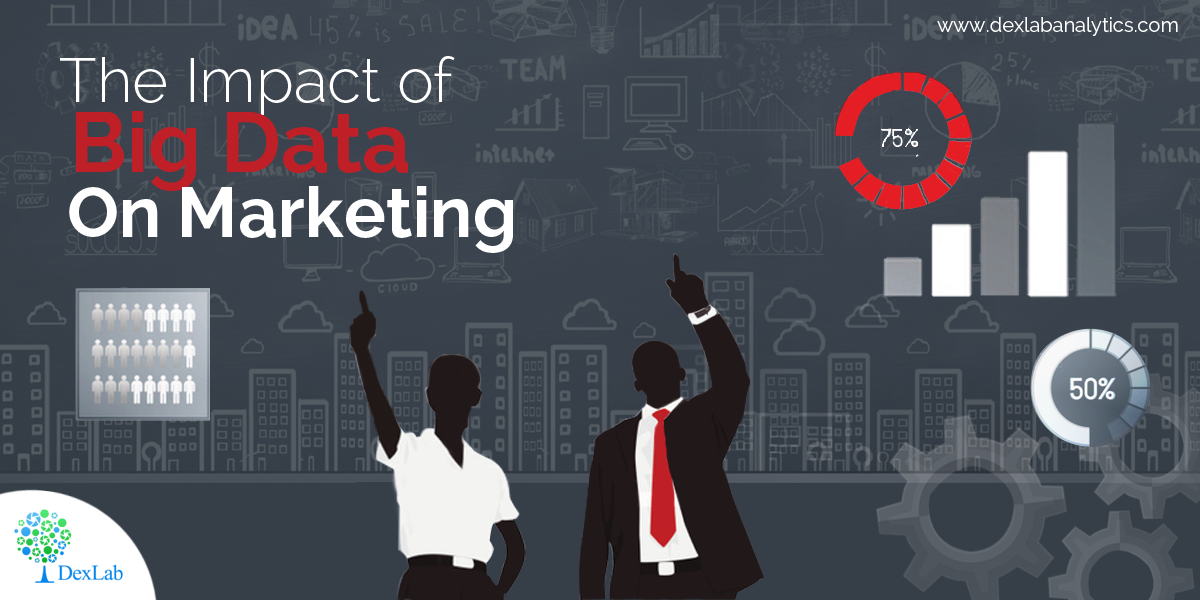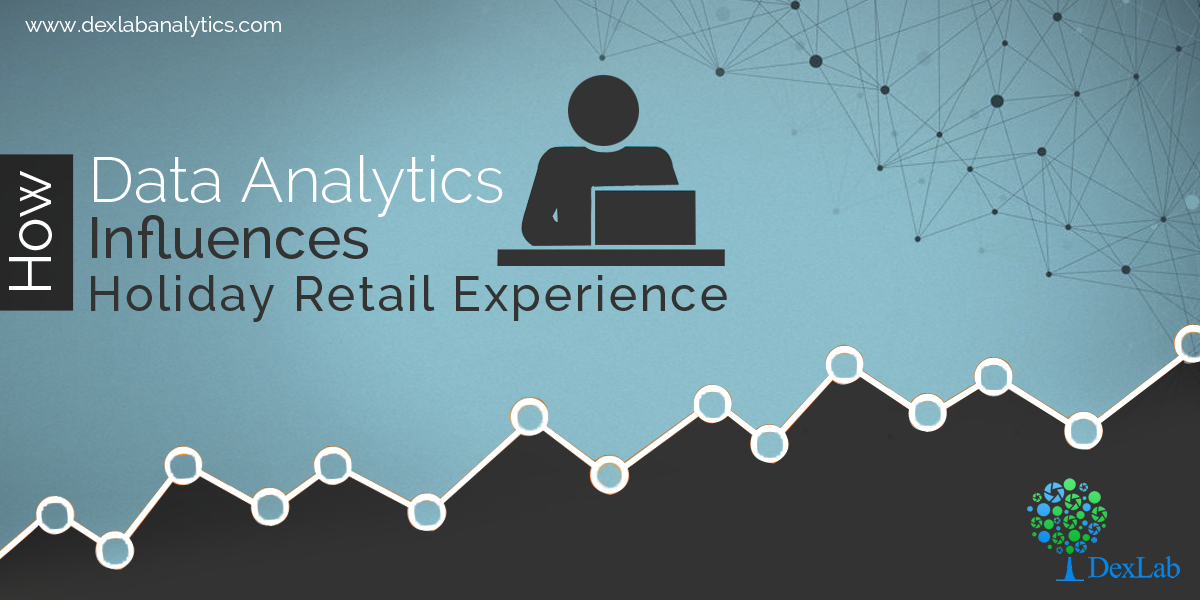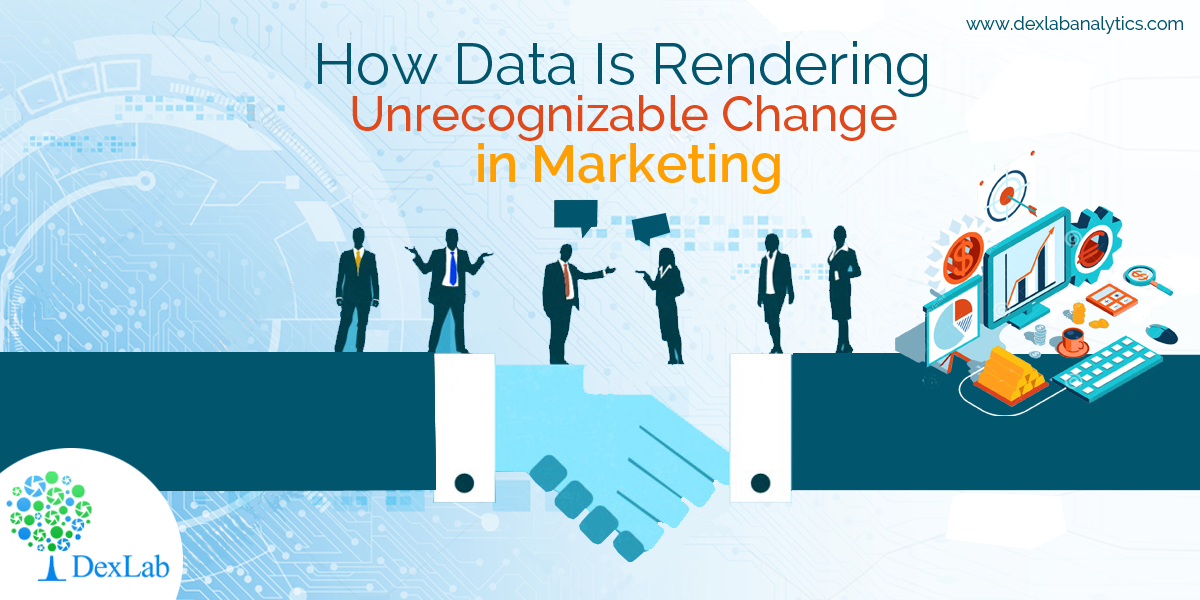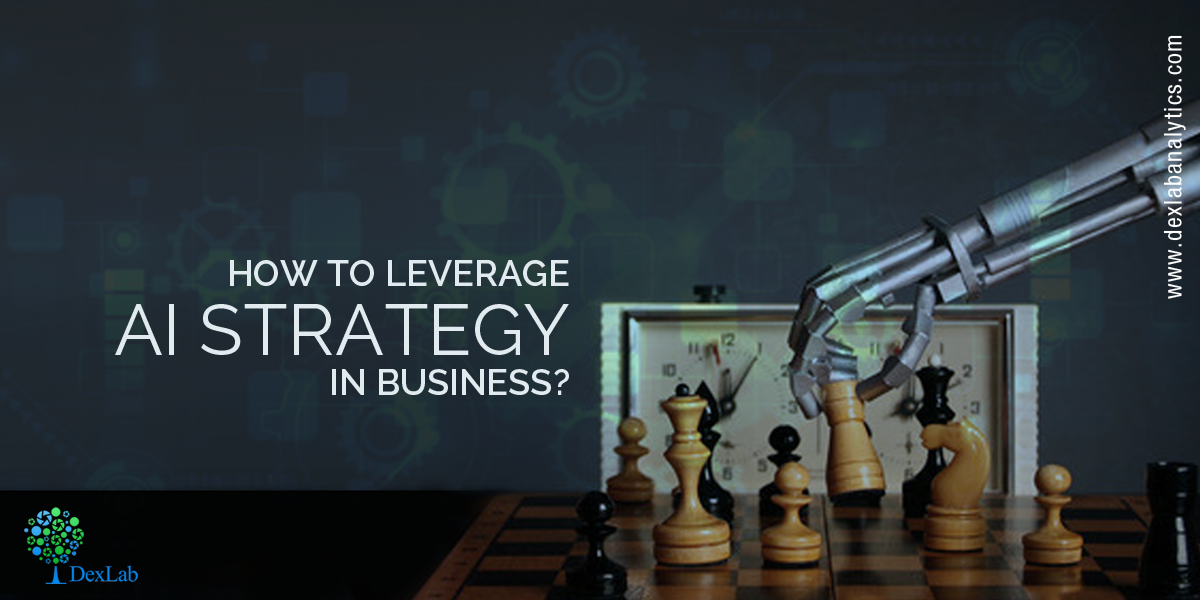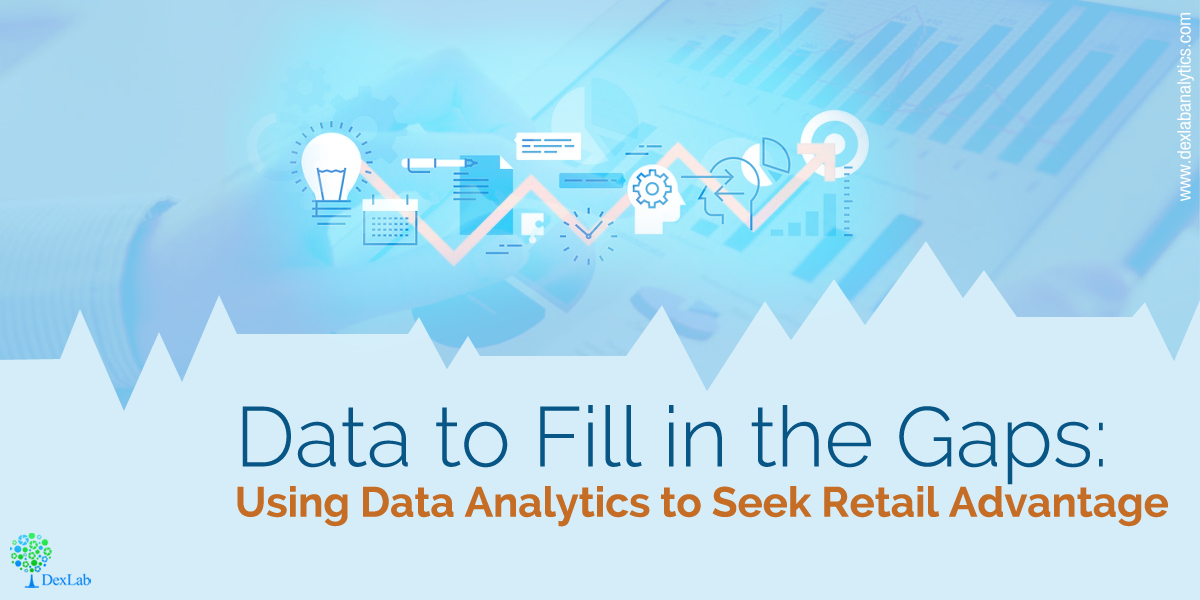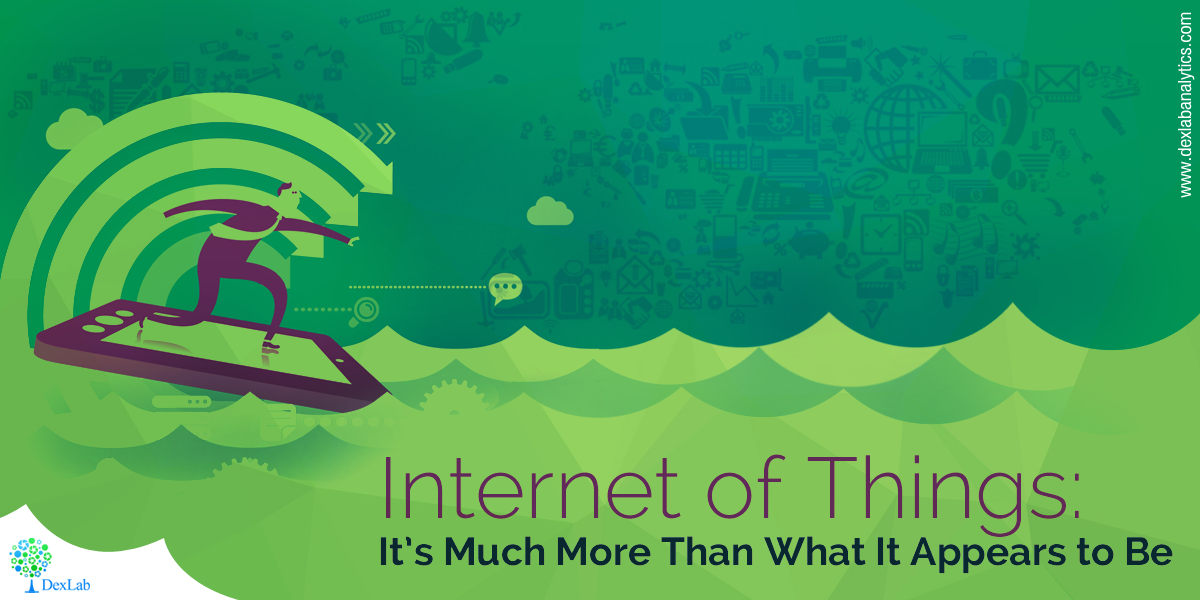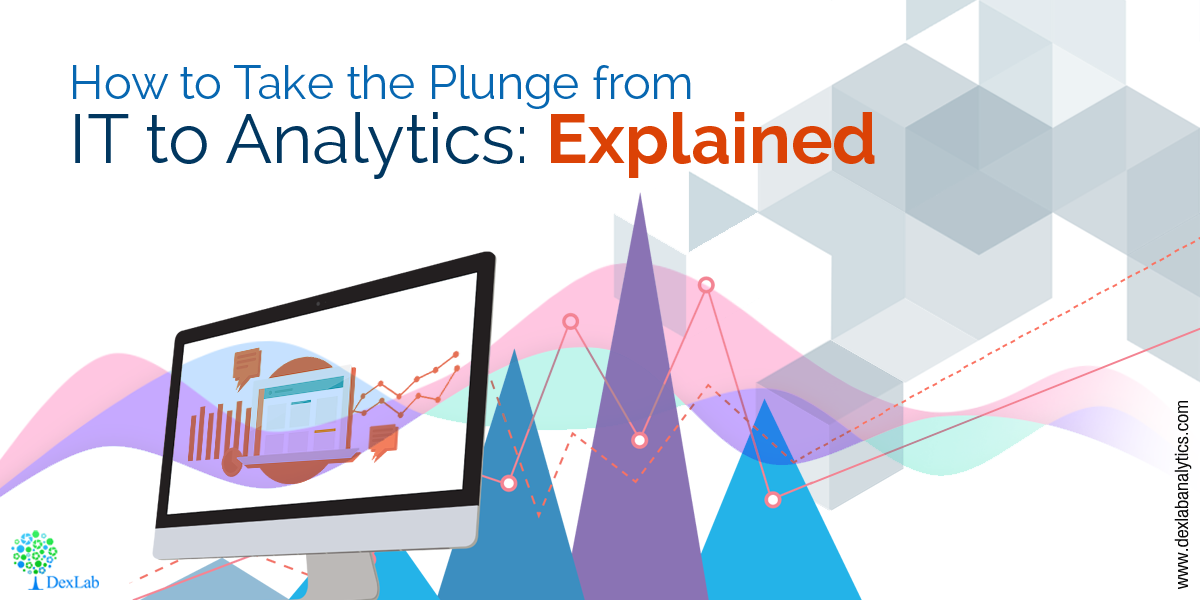In marketing, the analysis of data is a highly established one but the marketers nowadays have a massive amount of public and proprietary data about the preferences, usage, and behavior of a customer. The term ‘big data’ points out to this data explosion and the capability to use the data insights to make informed decisions. Understanding the potential of big data presents various technical challenges but it also needs executive talent devoted to applying the solutions of big data. Today, the marketers are widely embracing big data and are confident in their use of analytics tools and techniques. Let us learn about the ways in which Big data and analytics can improve the marketing efforts of various businesses around the around.
Locating Prospective Customers
Previously, marketers had to frequently make guesses as to which sector of population comes under their ideal market segment but this is no longer the scenario today. The companies can exactly see who is buying and even extract more details about them with the help of big data. The other details include which buttons they generally click while on a website, which websites they visit frequently, and which social media channels they utilize.
Tracking Impact and ROI
Many retailers have introduced loyalty card systems that track the purchases of a customer, but these systems can also track which promotions and incentives are most effective in encouraging a group of customers or a single customer to make another purchase.
Handling Marketing Budgets
Because big data allows companies to optimize and monitor their marketing campaigns for performance, this implies they can allocate their budget for marketing for the highest return-on-investment (ROI).
Personalizing Offers in Real-Time
Marketers can personalize their offers to customers in real time with the combination of big data and machine learning algorithms. Think about the Amazon’s “customers also bought” section or the recommended list of TV shows and movies from Netflix. The organizations can personalize what promotions and products a particular customer views, even down to sending personalized offers and coupons to the mobile phone of a customer when he walks into a physical location. The role of Personalized Merchandising in the ecommerce industry will continue to increase in the years to come.
Improvement in Market Research
Companies can conduct quantitative and qualitative market research much more inexpensively and quickly than ever before. The tools for online survey mean that customer feedback and focus groups are inexpensive and easy to implement, and data analytics make the results easier to take action.
Prediction of Buyer Behavior and Sales
For the past several years, sales teams, in order to rate their hottest leads, have made use of lead scoring. But, with the help of predictive analytics, a model can be generated and it can successfully predict sales and buyer behavior.
Enhanced Content Marketing
Previously, the return-on-investment for a blog post used to be highly difficult to measure. But, with the help of big data and analytics, the marketers can effortlessly analyze which pieces of content are highly effective at moving leads via a sales and marketing funnel. Even a small firm can afford to use tools for implementing content scoring which can highlight the content pieces that are highly responsible for closing sales.
Optimize Customer Engagement
Data can provide more information about your customers which includes who they are, what they want, where they are, how often they purchase on your site, and how, when they prefer to be contacted, and various other major factors. The organizations can also examine how users interact not only with their website, but also their physical store to enhance the experience of the user.
Tracking Competitors
New tools for social monitoring have made it easy to gather and examine data about the competitors and their efforts regarding marketing as well. The organizations that can utilize this data will have a distinct competitive advantage.
Managing Reputation
With the help of big data, organizations can monitor their brand mentions very easily across different social channels and websites to locate unfiltered testimonials, reviews, and opinions about their company and products. The savviest can also utilize social media to offer service to the customers and create a trustworthy brand presence.
Marketing Optimization
It is quite difficult to track direct ROI and impact with traditional advertising. But, big data can help organizations to make optimal marketing buys across various channels and to optimize their marketing efforts continuously through analysis, measurement, and testing.
What is Needed for Big Data?
At this point, talent and leadership are the major things that big data needs. In most of the companies, the marketing teams don’t have the right talent in place to leverage analytics and data. Apart from people who possess analytical skills to understand the capability of big data and where to use it, companies require data scientists who can extract meaningful insights from data and the technologists who can develop include new technologies. Due to this, there is a high demand for experienced analytics talent today.
Big Data Limitations for Marketing
In spite of all the promise, there exist certain limits to the usefulness of big data analytics in its present state. Among them, the major one is the major one is the analytics tools’ and techniques’ complex “black box” nature which makes it hard to trust and interpret the output of the approaches of big data and to assure others of the accuracy and value of the insights generated by the tools. The difficulty of gathering and understanding data also limits the capability of marketing companies to more fully leverage big data. Beyond this, the marketers are identifying many hurdles to expanding their utilization of big data tools and they include lack of sufficient technology investment, the inability of senior team members to leverage big data tools for decision-making, and the lack of credible tools for measuring effectiveness.
Conclusion
Cloud computing is also playing a major role in marketing with the Cloud Marketing process. Cloud Marketing is a process that outlines the efforts of a company to market their services and goods online via integrated digital experiences. Once the data analytics tools become available and accessible to even the smallest businesses, there will be a much higher impact of big data on the marketing sector as there will be much broader utilization of data analytics. This can only be a boon as organizations enhance their marketing and reach their customers in innovative and new ways.
This article was produced by Savaram Ravindra, a content contributor at Mindmajix and not by the editorial team of DexLab Analytics, a leading Hadoop training institute in Gurgaon.
Author’s Bio: Savaram Ravindra was born and raised in Hyderabad, popularly known as the ‘City of Pearls’. He is presently working at Mindmajix.com. His previous professional experience includes Programmer Analyst at Cognizant Technology Solutions. He holds a Masters degree in Nanotechnology from VIT University. He can be contacted at savaramravindra4@gmail.com. Connect with him also on LinkedIn and Twitter.
Interested in a career in Data Analyst?
To learn more about Data Analyst with Advanced excel course – Enrol Now.
To learn more about Data Analyst with R Course – Enrol Now.
To learn more about Big Data Course – Enrol Now.To learn more about Machine Learning Using Python and Spark – Enrol Now.
To learn more about Data Analyst with SAS Course – Enrol Now.
To learn more about Data Analyst with Apache Spark Course – Enrol Now.
To learn more about Data Analyst with Market Risk Analytics and Modelling Course – Enrol Now.
